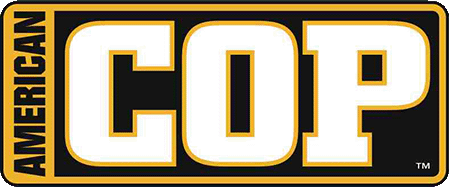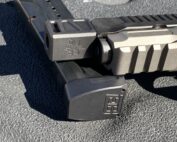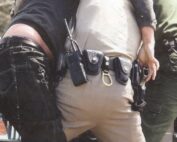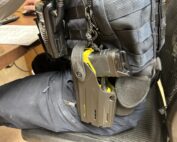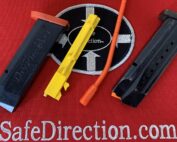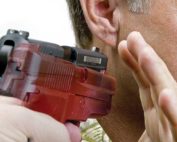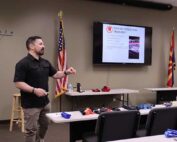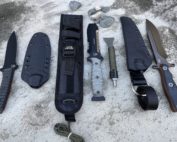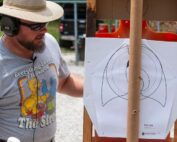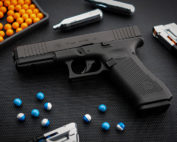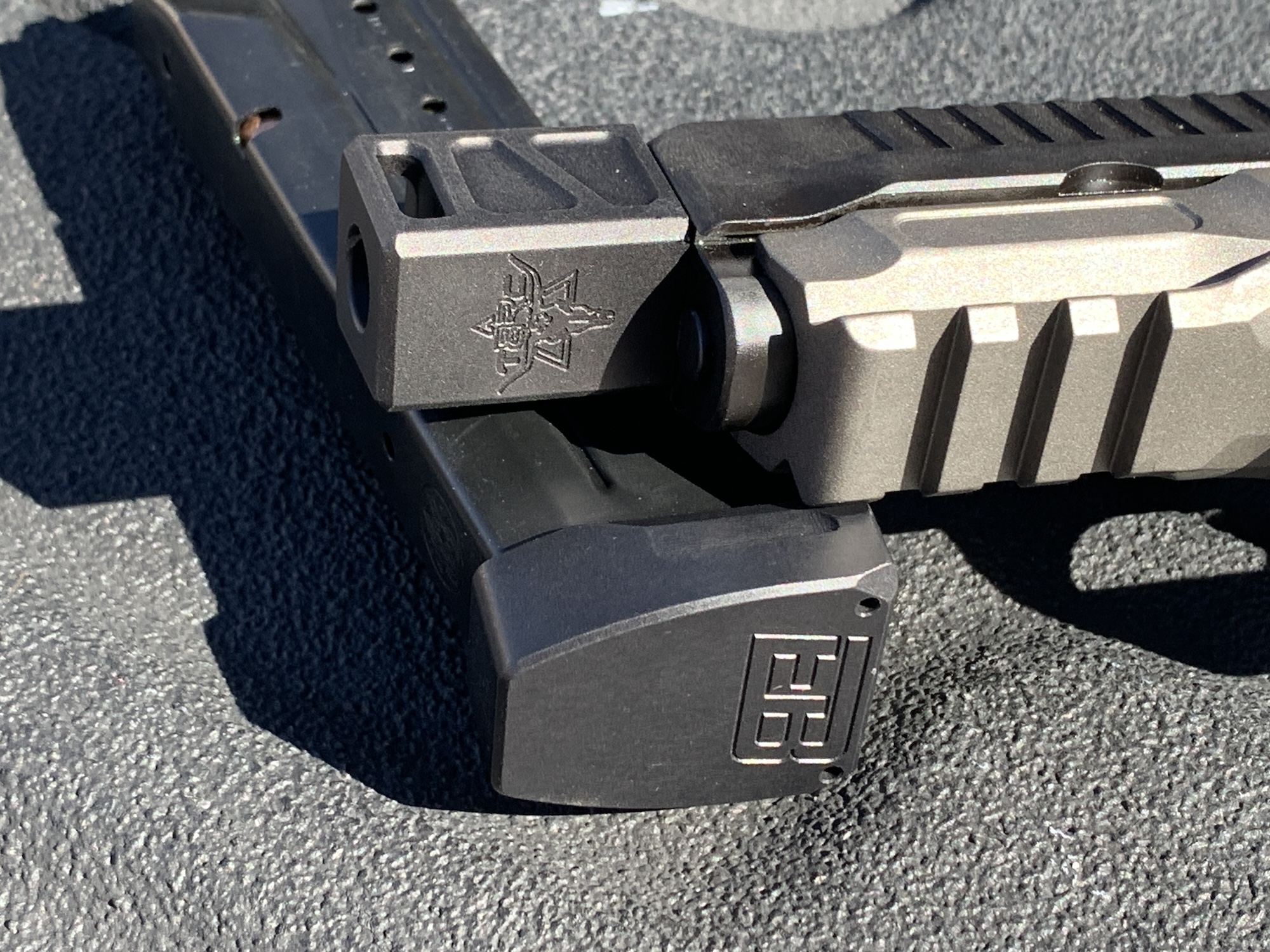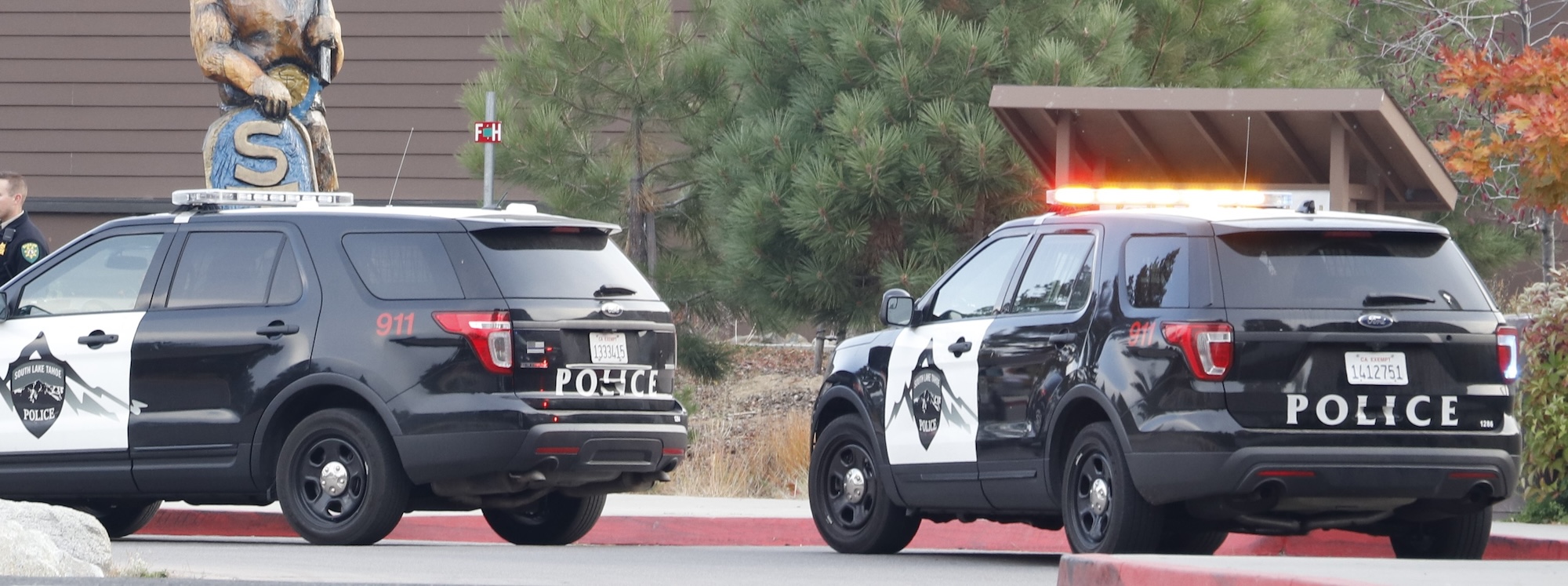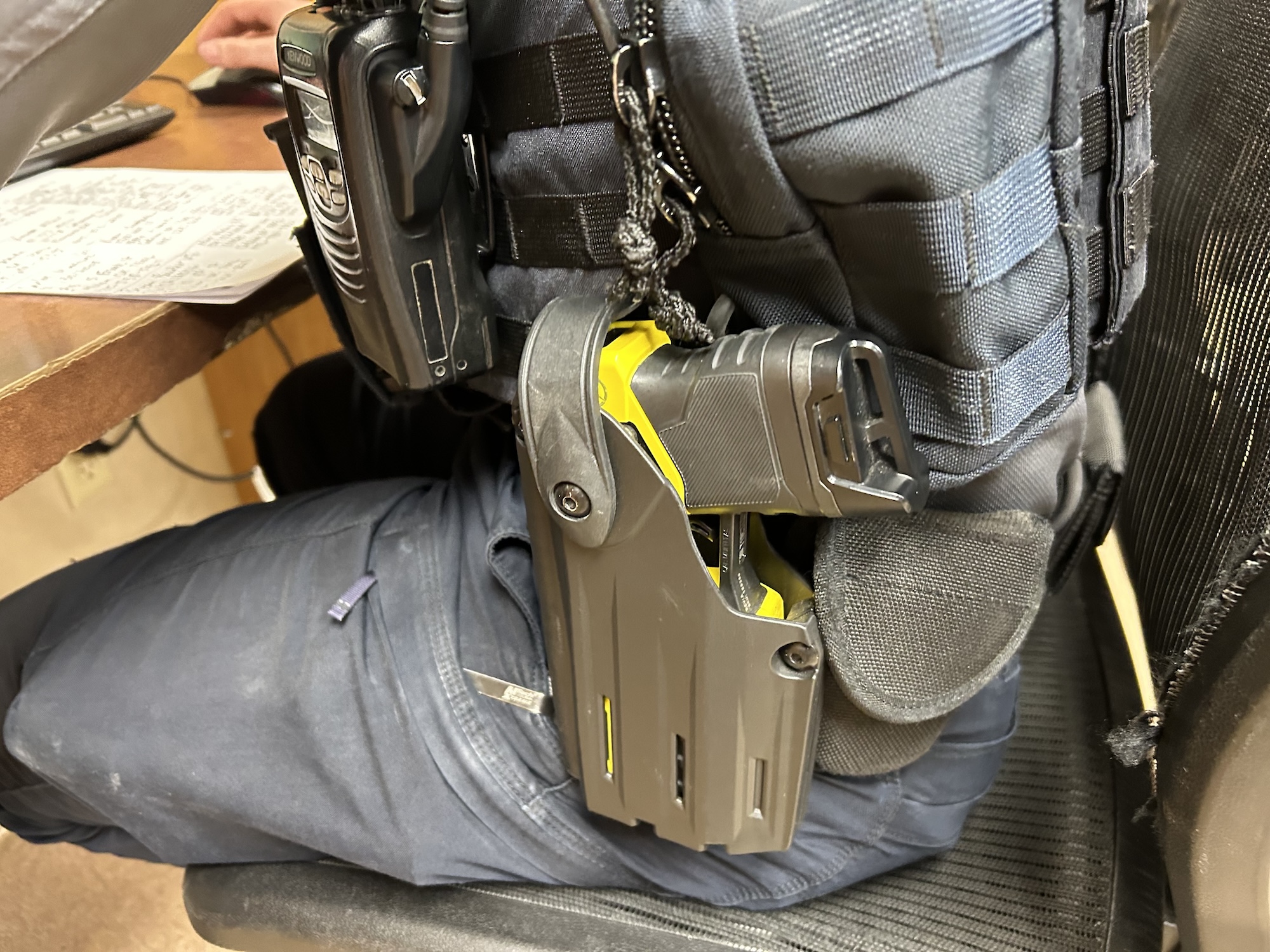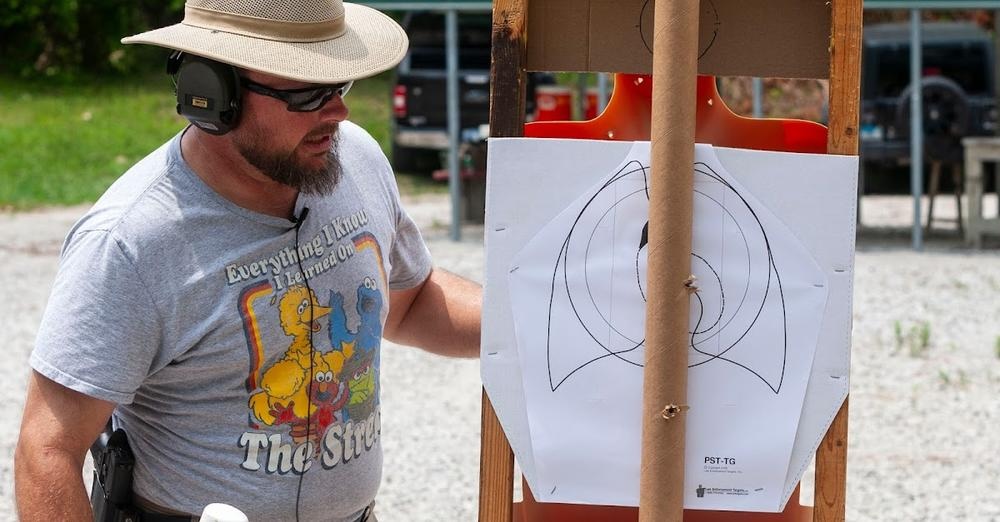
feature589082453390414251
Hearne's anatomically correct targets from his Cognitive Pistol class.
What targets do you use for practice, qualification, and teaching classes? Does it matter? I believe so.
Saying that it doesn’t discount a lot of research, experience, and anatomical factors in defensive shootings.
These are a few of the studies I thought were particularly relevant, but there are dozens more to wade through:
The Effect of Cognitive Load and Target Characteristics on Soldier Shooting Performance and
Think before You Shoot: The Relationship between Cognition and Marksmanship
Target Shooting
It shouldn’t take much brain strain to understand marksmanship is a part of fighting with a firearm and that those skills must be integrated.
That said, I avoid using humanoid targets when teaching marksmanship, especially to new shooters or those who are not interested in firearms for self-defense. They often find shooting images of people disturbing, and that distracts from the fundamentals they are trying to learn. For the students who do seek instruction in using firearms for defensive purposes, I slowly add in targets that resemble potential attackers during the learning process.
Tactical Anatomy
I won’t get into rifle/shotgun shootings here because that’s an entirely different animal. Still, there is quite a disparity in effectiveness between poorly and well-placed handgun rounds in an altercation. I know of no top-shelf instructor who doesn’t teach students to target this area or some variant of it:
- An 8.5” x 5.5” oval centered between the xiphoid process and suprasternal notch
- An 8” circle in the same area
That aspect has been addressed in hundreds of magazine articles and scores of books over the last several decades, so there’s no need to re-visit that here. However, if there are any questions about that, I suggest you take a class from or study some of the work on tactical anatomy from one of the following sources:
Humanoid Targets
For new cops, we almost exclusively use humanoid targets. We want them to fully accept from the beginning that we are teaching them to defend themselves against human threats.
The targets should depict a human menacing the shooter with a weapon, which would justify deadly force. There is a cultural aversion to humans inflicting harm on other humans, and many of us believe proper target selection aids officers in their journey. This is a curiously controversial subtopic, which I intend to delve into more deeply in an upcoming piece.
Reactive Targets
Reactive targets like steel can also be great due to the instant audible feedback received (or not). Targets that only fall if the shooter hits a certain spot fall into the same category: good if used correctly and in conjunction with other training. Reactive targets tend to only require one or two “good” shots in the right area to “end the fight.” That’s not realistic. Even well-placed, high-quality pistol rounds often fail to provide the desired result.
Bad Targets
The traditional B-27 target is one of the most popular paper targets in the country. It’s also one of the worst when it comes to teaching cops to defend themselves. It is oversized and rewards shots that would be poorly placed on a human aggressor. A perfect hit to the X-ring of a B-27 would land slightly below the sternum on a person. The B-27’s X-ring is, technically, center-of-mass. The most redeeming quality of COM hits is the bullet doesn’t travel downrange and hurt a citizen. Center-of-mass does not equal end-of-fight.
Shots in the 15.5” x 24” Seven-ring would likely be clean misses on an average-sized human but equate to a passing score on the square range. An even worse version of this target has clearly delineated scoring rings. We want officers focused on their next rounds fired, not what number will be placed in the book beside their name at the end of the day.
Okie Score

The author came up with an alternate scoring method of his state’s qualification course to encourage upper thoracic shots.
I teach cops in Oklahoma. One of the accepted training/qualification targets here is the GM-2002PM-2. Its scoring ring is still generous at 14” x 10.5”. The inner ring is aligned relatively well, even if a little low, and measures just 4.5” wide and 7.5” tall.
In my opinion (and based on my training), the head ring is a perfectly placed 3.5” circle. To get our cops thinking about proper round placement instead of a passing score, I will use another scoring method. I call it the “Okie Score.” Using that same target, we only count rounds hitting the inner circle or the head ring.
It is possible to get 100% on the standard course and only a 4% Okie Score. In following iterations of the same course, we invariably see more potentially effective hits (and higher Okie scores) from officers.
Much More
All top-tier firearms instructors I know are careful about what targets they use, depending on the material and who they are teaching. There’s a reason for that. Their experience has taught them what works and what doesn’t. Obviously, there’s much more to this conversation. I hope to address some of the more minute details in the future.
For now … stand by and watch your target.
